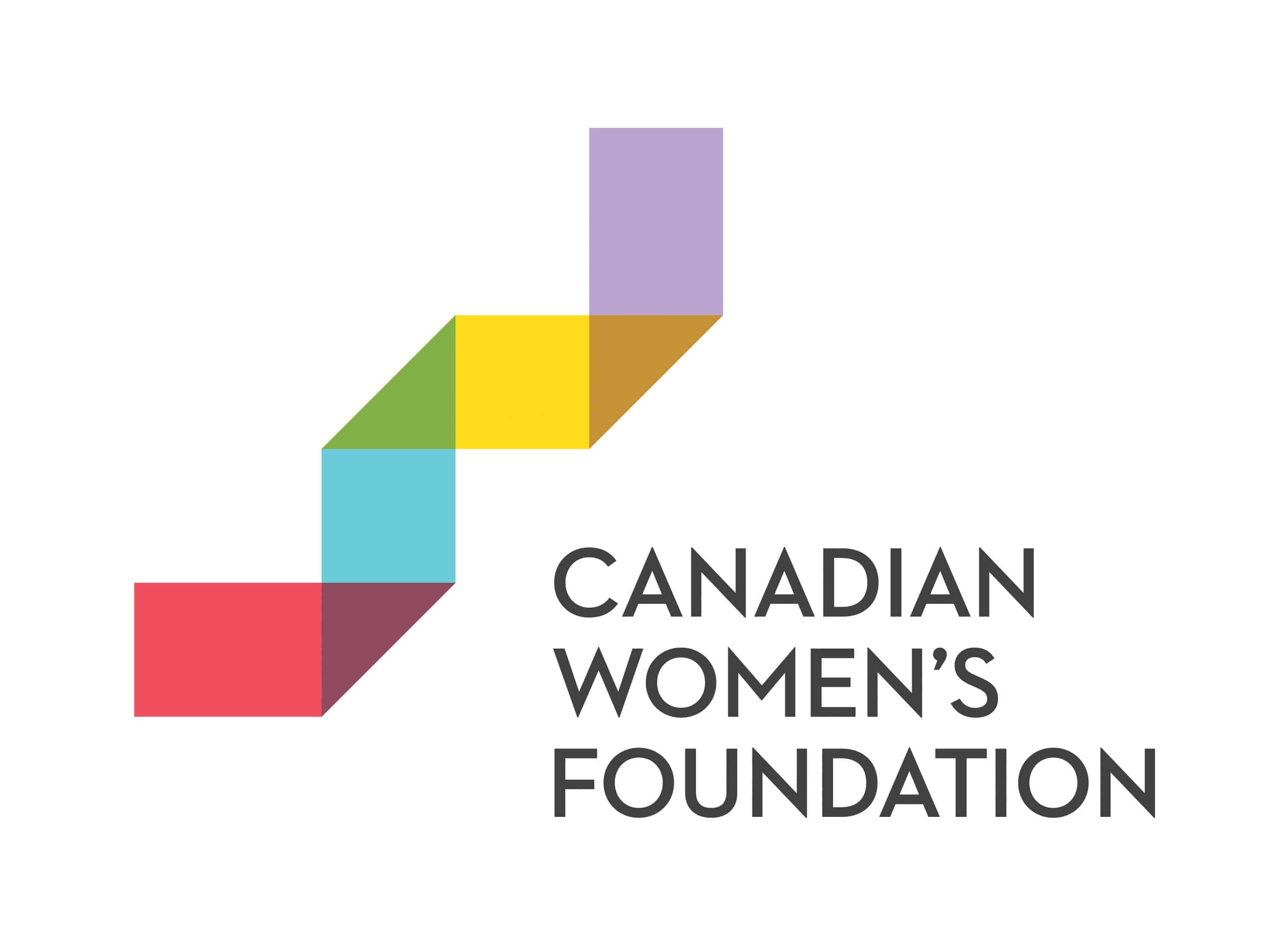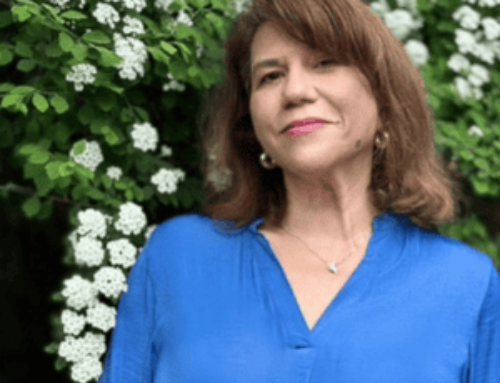
It’s been over 10 years, but I still remember the shock I felt hearing those words from my producer. It was 2005 and I worked at a national current affairs show, and had just pitched my first story on a missing Indigenous woman. A girl I knew from back home in Saskatchewan had disappeared. Her name was Amber Redman and she was 19. Amber was on a volleyball team that I coached when I was in university. I didn’t know her well, but I remember she was a shy, sweet girl.
It was the same summer that Alicia Ross, a beautiful young blond woman from Ontario, also went missing. Her story was on the front page of national newspapers and on national newscasts at night; it seemed the whole country was paying attention to her case. I found out about Amber’s disappearance in an email chain that her family sent around. There were no news stories about Amber at the time, though they were desperate to find her.
I saw so many similarities in their stories. Both beautiful young women with bright futures ahead of them. Both incredibly loved by families left in agony over their disappearance.
I wanted to pitch a story, not just about their disappearances but also about the media coverage, and how differently these two cases were treated. That’s when I heard, “This isn’t another poor Indian story, is it?” And there was no interest in pursuing it. I never got to do a story about Amber, but her mother pushed her daughter’s story into the spotlight and into the headlines.
Both Amber and Alicia’s stories ended in tragedy, and there have been too many more. The RCMP reported that between 1980 and 2012, there were about 1,200 cases of missing or murdered Indigenous women, but grassroots organizations say the number is much higher. In that time frame, 16% of murdered women in Canada were Indigenous — a disproportionate number considering that Indigenous women and girls make up about 4.3% of Canada’s female population.
Families of the missing and murdered continue to push for justice for their loved ones. Their resilience in the face of such tragedy is awe-inspiring. Their efforts, and the advocacy work of grassroots organizations, has not been in vain.
Ten years later, every news organization in the country is covering this issue, including CBC. In the last year, we launched a database chronicling more than 250 unsolved cases of missing and murdered Indigenous women dating back 60 years. Our work continues. And now I can proudly say that I work for an organization that has made this issue a priority.
Where there once was a deafening silence, there’s now a public outcry for justice. But the crisis continues. Every week, it seems another girl or woman goes missing. Indigenous women are six times more likely to be killed than non-Indigenous women. And even though there has never been more attention to the issue, I believe we are just scratching the surface in terms of telling the full story of not just missing and murdered Indigenous women, but the truth and realities of what life is like for Indigenous people in Canada today.
The root causes of issues like missing and murdered women are ongoing, systemic, and need to be exposed. As someone who got into journalism to help tell Aboriginal stories, this shift is momentous. Finally, there is recognition that there is a growing audience that cares about these issues. These stories are not just ‘poor Indian stories’, they are incredibly important stories for all Canadians to hear and we’ve only just begun to tell them.
This article was originally published in the Spring 2016 issue of SHE magazine.
Learn More
- Take the pledge to join GEN1 and help build the first generation free of violence against women and girls.
- Sign up for our e-newsletter to have our latest stories and resources sent to your inbox.
- Follow us on Facebook and Twitter to join a national conversation on gender equality.







